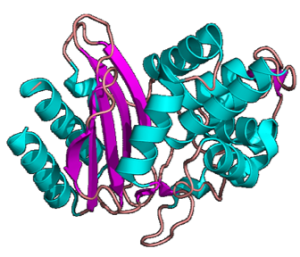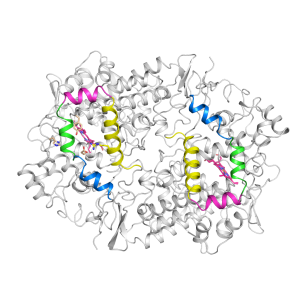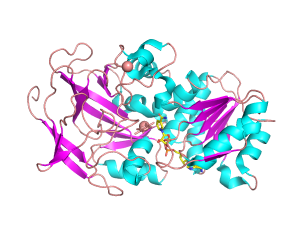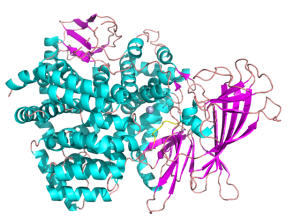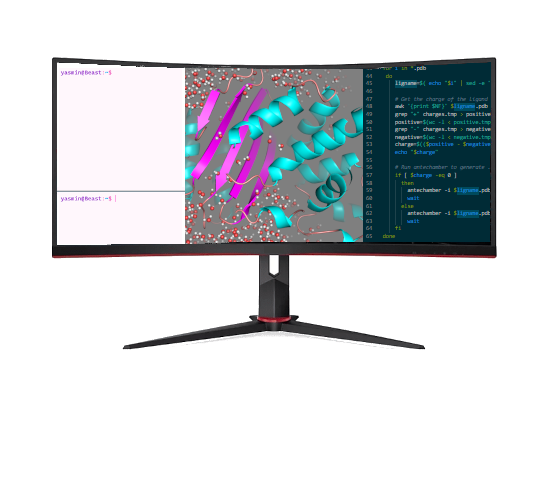
Computational Enzymology
Using computational methods like molecular modelling, molecular dynamics simulations, and free energy and electric field calculations, we strive to understand how drugs bind to a range of enzymes, with the objective to create more efficient drugs with less side effects.
